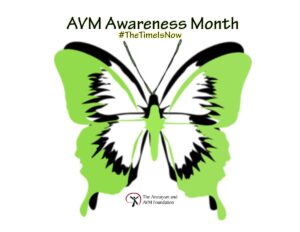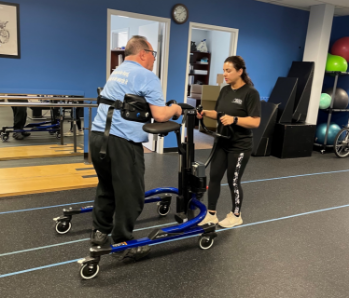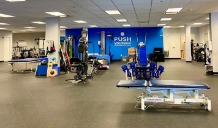Happy October! All spooks aside, we at Push to Walk (PTW) would like to do our part to bring awareness to AVM. After all, it is an AVM Awareness Month as well.
An arteriovenous malformation (AVM) is a rare disease (affecting 18 out of every 100,000 people in the US) characterized by tangled blood vessels that connect arteries and veins. These tangles disrupt normal blood flow and oxygen circulation and can develop anywhere in the body but are most commonly found afflicting a person’s brain or spine.
Some common symptoms of brain AVMs (according to healthline.com) include:
● Bleeding in the skull, most commonly a subarachnoid hemorrhage
● Seizures
● Headaches
● Focal neurological deficits, such as weakness, numbness, or tingling to one part or side of the body
● Confusion
If AVMs are occurring in limbs or the spinal cord (according to healthline.com) symptoms may include:
● Muscle weakness
● An inability to move a limb
● A lack of coordination
Children and teenagers with an AVM may struggle with learning or have behavioral issues. Some children born with AVM will have blue-tinted skin, which tends to darken to a deep red or purple as they age if untreated.
The clear causes of AVMs are unknown, but some doctors theorize they occur in the womb or shortly after birth and appear later as the child ages. There is little evidence to suggest that genetics play a role in the appearances of AVMs, but some other genetic syndromes can put individuals at a higher risk of developing AVMs. These syndromes include but are not limited to hereditary hemorrhagic telangiectasia and Osler-Weber-Rendu syndrome.
If you want to learn more about AVM, check out the Facebook page for The Aneurysm and AVM Foundation (TAAF).
For more information or questions please contact Amanda at amudrick@pushtowalknj.org.




